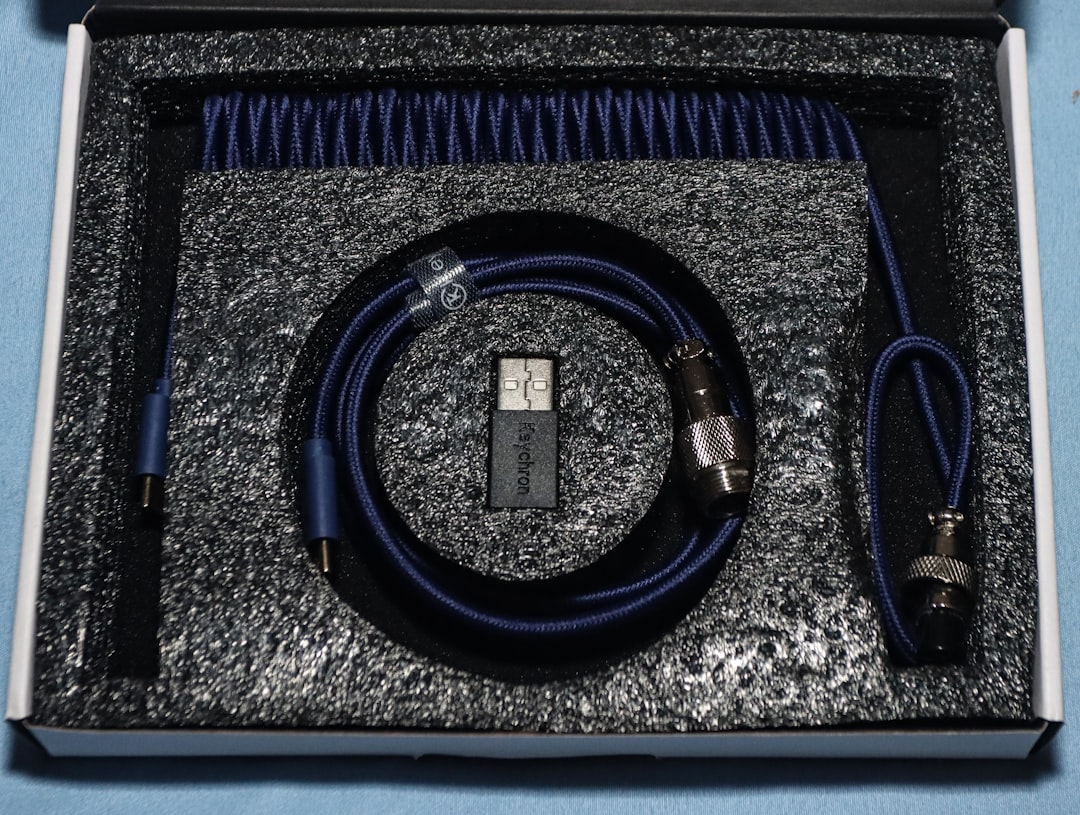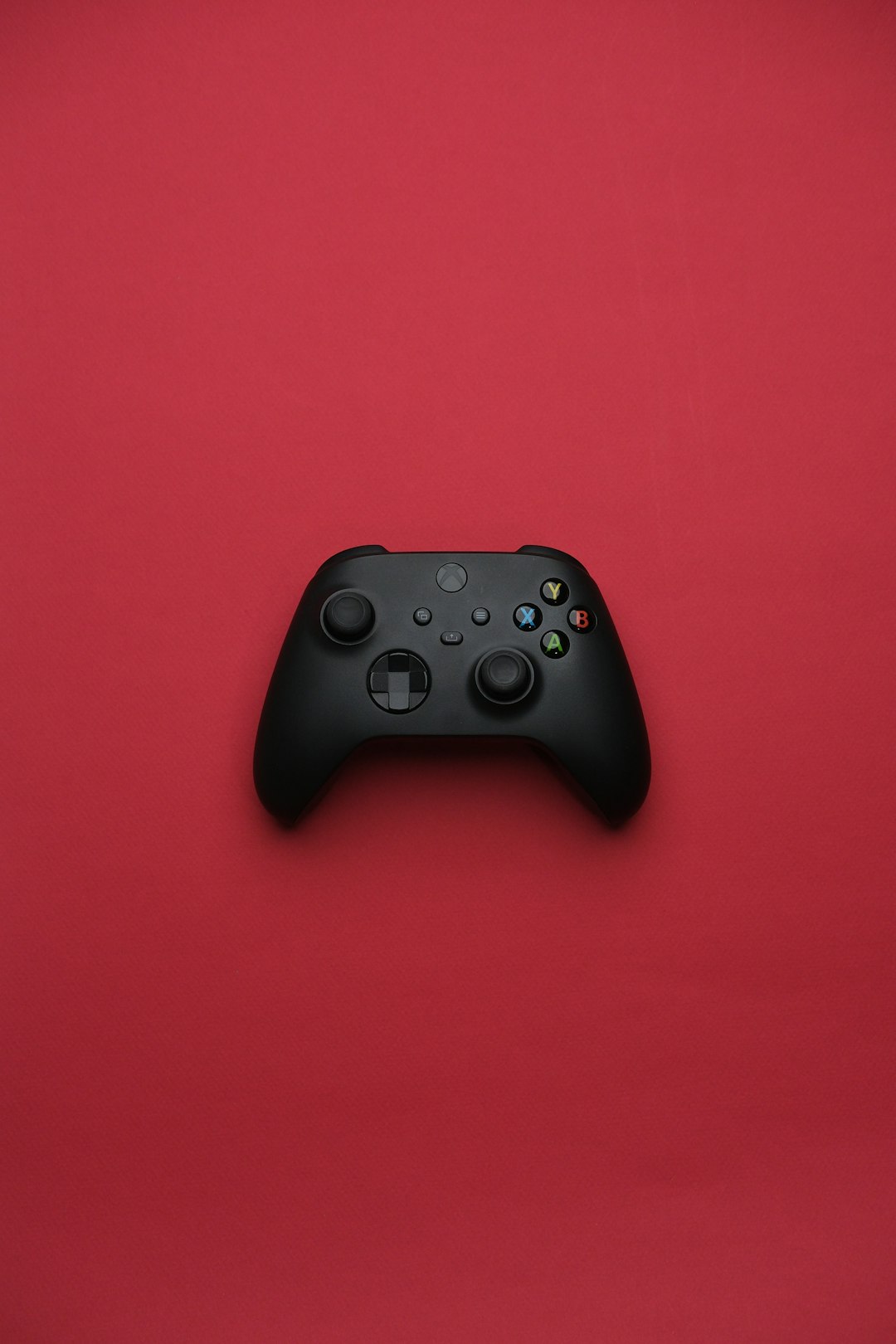If you’re looking to enhance your gaming experience on the Xbox One with immersive wireless audio, you’ve probably wondered how to use your Bluetooth headphones with the console. While the Xbox One doesn’t natively support standard Bluetooth audio devices, there are several workarounds that allow you to achieve a wireless setup. In this comprehensive guide, we’ll walk you through methods that are tested, effective, and easy to follow. Our step-by-step instructions ensure that you’ll be able to connect your Bluetooth headphones to your Xbox One, even if you’re not particularly tech-savvy.
Why Xbox One Doesn’t Support Bluetooth Headphones Natively
Before diving into the solutions, it’s important to understand why this task isn’t as straightforward as it might be with other devices like smartphones or PCs. The Xbox One uses a proprietary wireless protocol to connect with its accessories. Microsoft has designed this system specifically for low-latency performance, particularly aimed at competitive gaming. As a result, standard Bluetooth audio support is absent from the Xbox One.
That being said, there are still a few reliable ways you can use your Bluetooth headphones with the console. Each method comes with its own pros and cons, so it’s vital to choose one based on your specific needs and available equipment.
[h2]Step-by-Step Methods to Connect Bluetooth Headphones to Xbox One[/h2]
Method 1: Using Your TV’s Bluetooth Output
If your Bluetooth headphones are not Xbox-certified and your TV has Bluetooth audio output, connecting through your TV is one of the most straightforward workarounds.
- Put your Bluetooth headphones into pairing mode.
- On your TV, go to the settings menu and enable Bluetooth.
- Select your headphones from the list of available devices.
- Make sure the Xbox One is connected to the TV via HDMI.
- Begin gaming—with audio now routed through the TV to your Bluetooth headphones.
Note: This method may introduce slight audio lag, which could affect fast-paced games. It’s an ideal solution for casual gaming or media consumption.

Method 2: Using a Bluetooth Transmitter
This method involves using a Bluetooth transmitter device that connects to your Xbox controller’s 3.5mm audio jack or the Xbox One’s optical output.
What you’ll need:
- A Bluetooth transmitter with audio jack compatibility.
- Your Bluetooth headphones.
Steps:
- Plug the Bluetooth transmitter into the 3.5mm headphone jack on your Xbox controller.
- Turn on the transmitter and put your headphones in pairing mode.
- Pair the headphones with the transmitter, following the manufacturer’s instructions.
This method offers a more direct audio connection and typically provides lower latency than connecting via TV output. However, battery life and range can be limitations, depending on the transmitter’s quality.
Method 3: Using the Xbox App on a Smartphone or PC
This method utilizes the Xbox mobile or desktop app to stream audio from your Xbox One. It requires the least hardware setup.
Steps:
- Download the Xbox app on your smartphone or Windows PC.
- Pair your Bluetooth headphones with your phone or PC.
- Sign in to your Microsoft account via the Xbox app.
- Use the Remote Play function to stream Xbox gameplay to your device.
- Play your game through the app while audio transmits to your Bluetooth headphones.
Important: This setup requires a stable Wi-Fi connection. Using this method might slightly degrade graphic quality depending on your device capabilities and internet speed.

Method 4: Use Xbox-Compatible Wireless Headphones
If you’re committed to the Xbox ecosystem, investing in Xbox-certified wireless headphones is the most seamless solution.
Benefits of Xbox-compatible headphones:
- They use Microsoft’s proprietary wireless protocol, ensuring low audio latency.
- No need for external transmitters or app setups.
- Plug and play functionality—recognized instantly by the Xbox One console.
Though generally more expensive, these headphones bypass the Bluetooth compatibility issue entirely and offer a more professional experience. Brands like Turtle Beach, SteelSeries, and Microsoft offer top-rated options that integrate perfectly with the Xbox environment.
Tips for Optimizing Your Audio Experience
Here are a few practical tips to ensure you’re getting the most from your wireless audio setup:
- Monitor battery levels: Keep both your headphones and any transmitters fully charged before long gaming sessions.
- Adjust audio delay: Use audio delay compensation settings if your headphones or transmitter supports it.
- Check microphone compatibility: Not all Bluetooth setups support microphone functionality. If you require chat capabilities, choose a solution that includes an integrated mic system.
- Update firmware: Whether you’re using a transmitter or the Xbox app, make sure all firmware is up-to-date to avoid connectivity issues.
Audio Latency: What You Should Know
Audio latency refers to the delay between game events and sound output. When using Bluetooth in any form, a minimal delay is often expected. This matters most in online multiplayer and fast-paced shooter games where real-time audio provides a competitive edge.
Keep in mind:
- TV Output: May introduce more latency.
- Bluetooth Transmitters: Provide moderate latency depending on quality.
- Xbox App: Network-dependent, latency varies.
- Xbox-Compatible Headphones: Lowest latency and best performance.
Conclusion: The Best Option for You
The best method for connecting your Bluetooth headphones to the Xbox One depends on your specific requirements and available gear. If you’re after a quick and easy setup, using your TV’s Bluetooth output might suffice. If you’re more concerned with audio fidelity and latency, consider investing in a high-quality Bluetooth transmitter or going for officially-supported Xbox wireless headphones.
While the Xbox One doesn’t natively work with standard Bluetooth headphones, these proven workarounds offer you multiple ways to enjoy a wireless audio experience. Following the steps outlined above can help you choose the right path without unnecessary trial and error.
Ultimately, your gaming experience can be vastly improved with a reliable wireless audio setup—just ensure you pick the method that aligns with your needs for convenience, budget, and performance.
